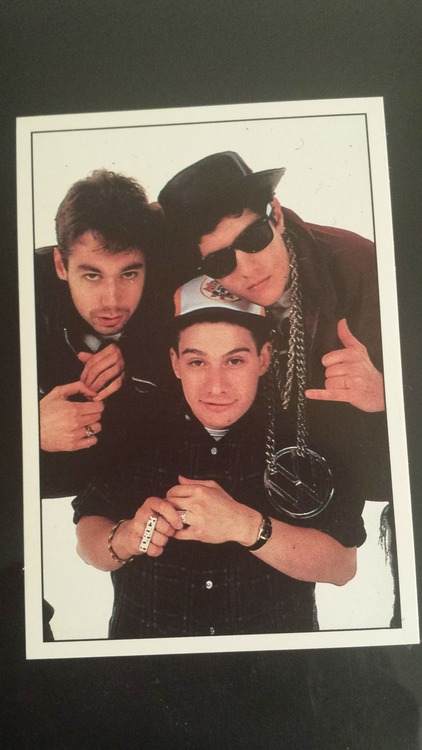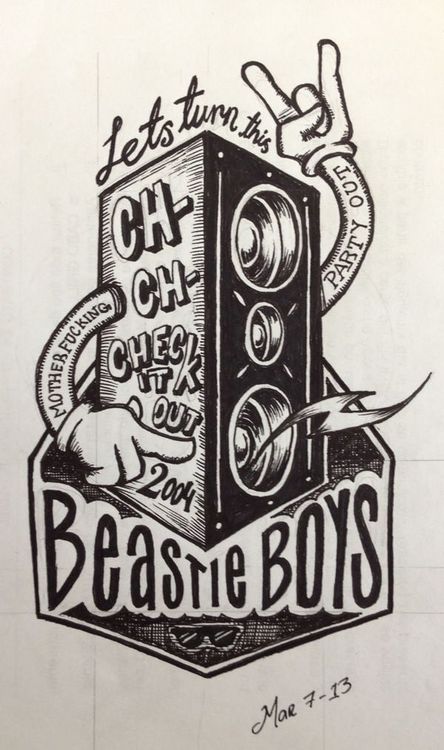Beastie Boys Digital Biography
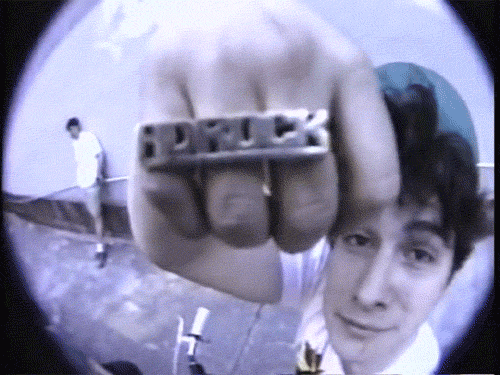
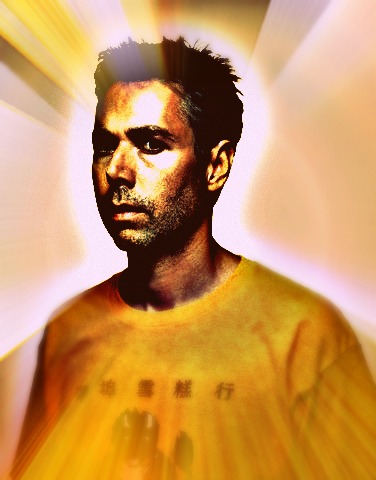

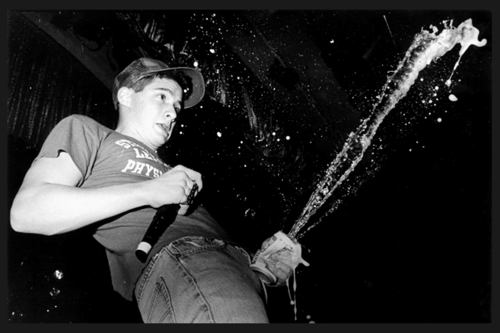
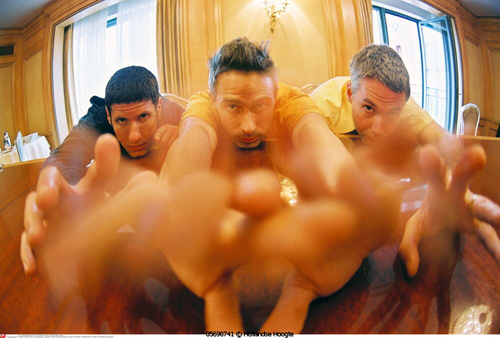
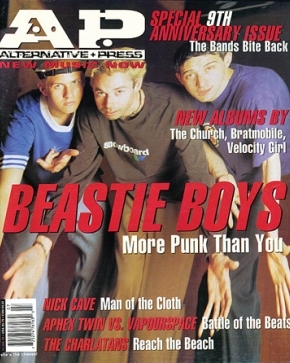
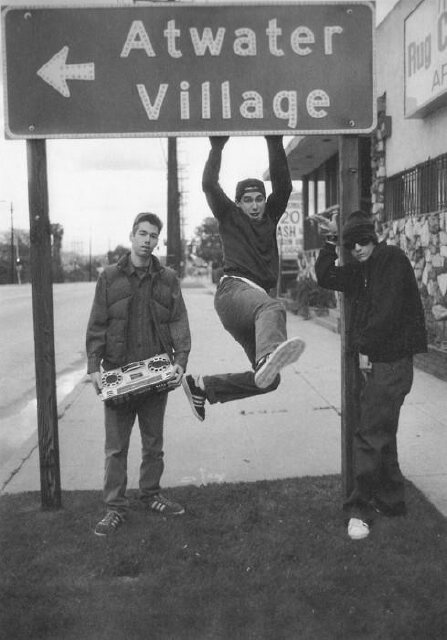





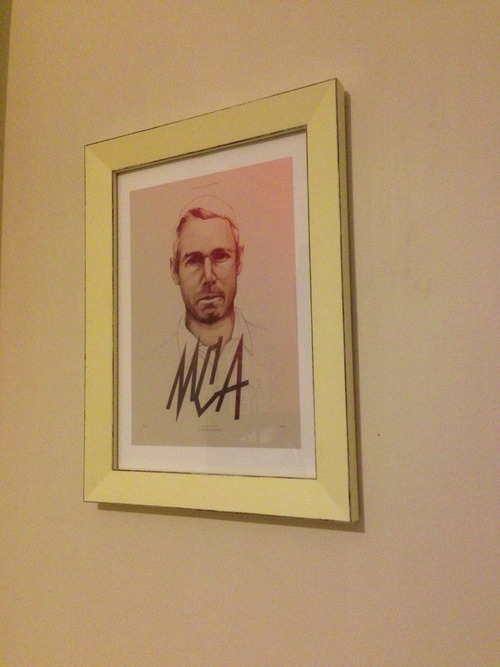
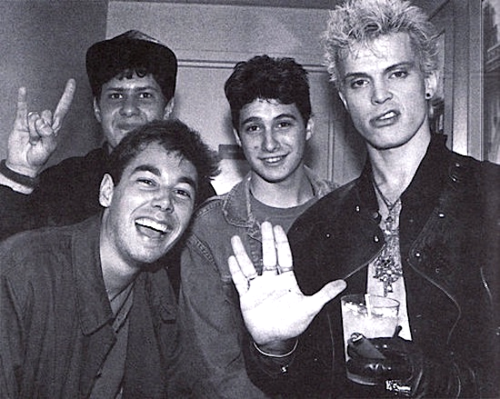
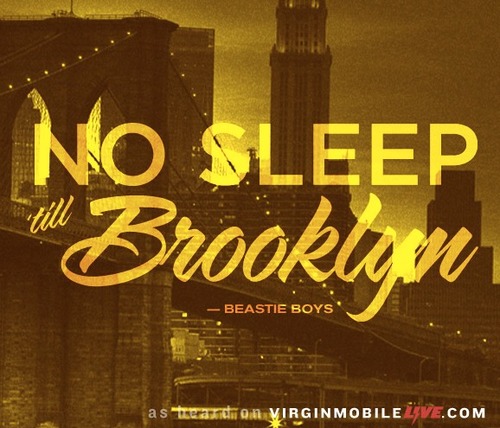
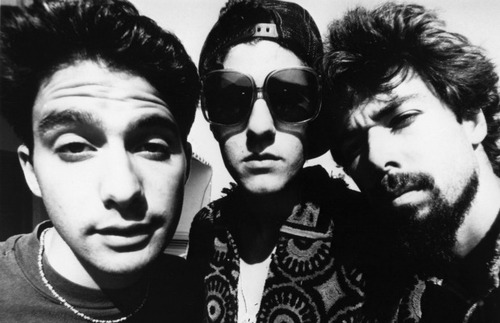

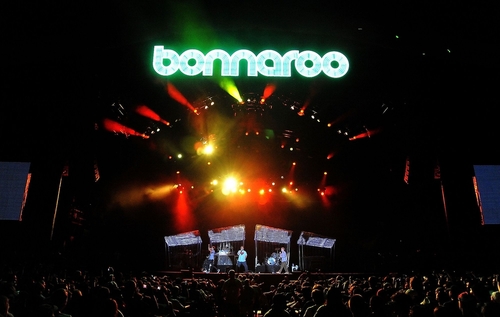
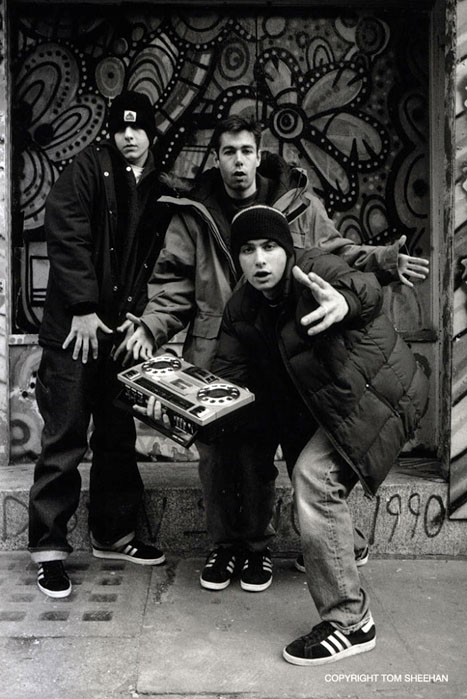
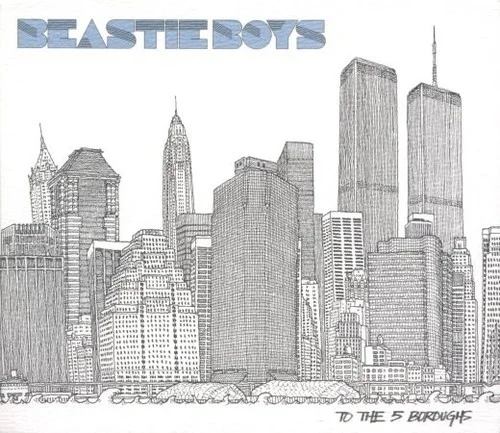
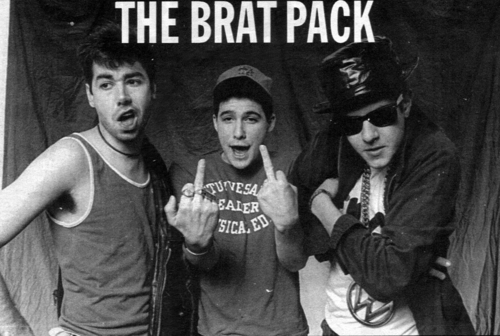


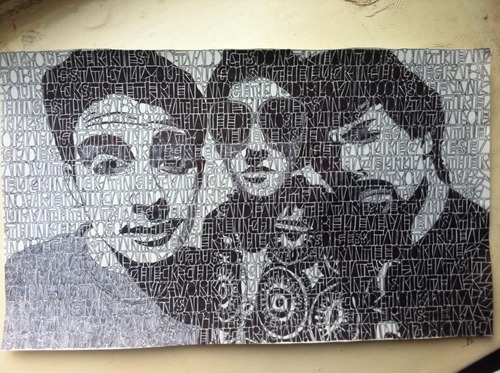
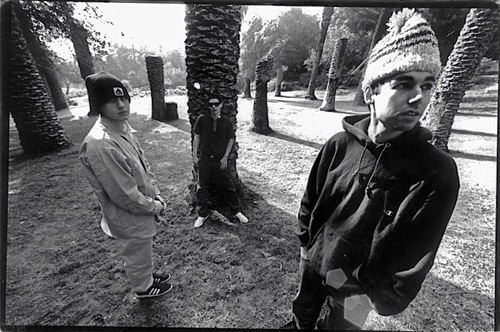
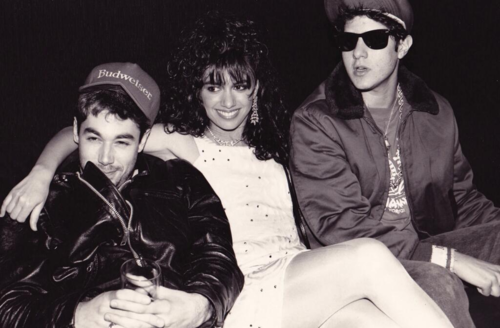
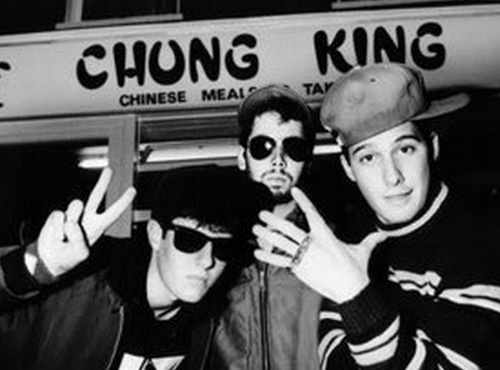
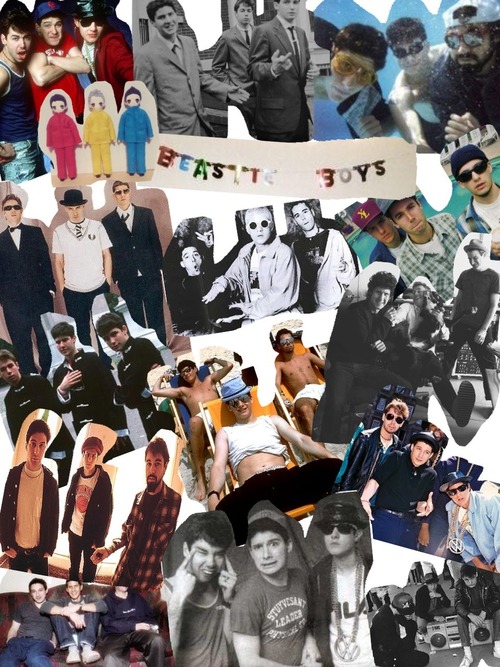



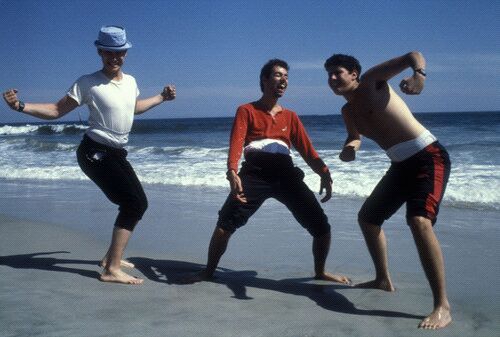

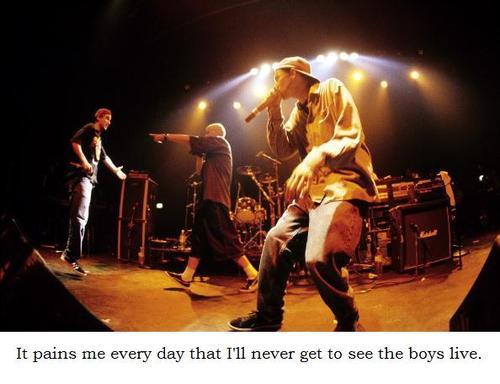

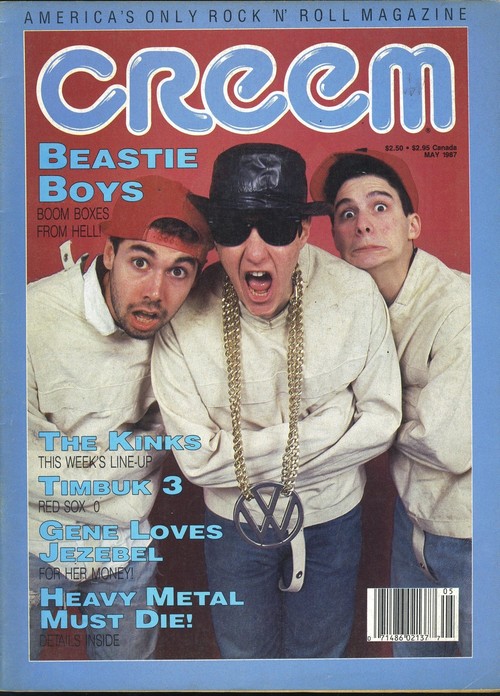

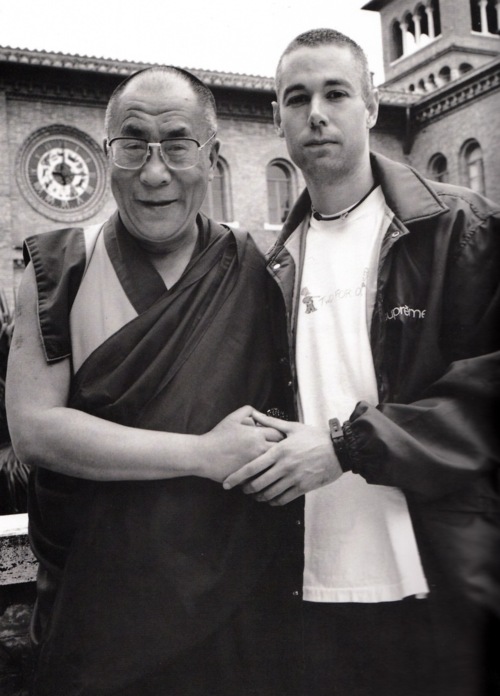
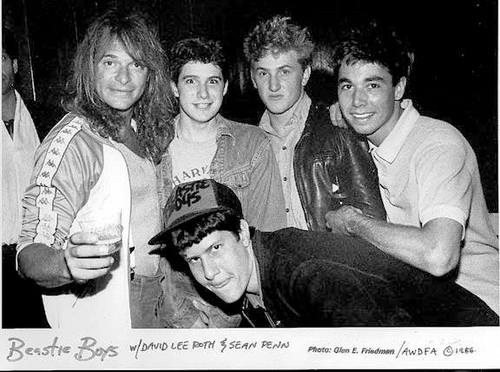
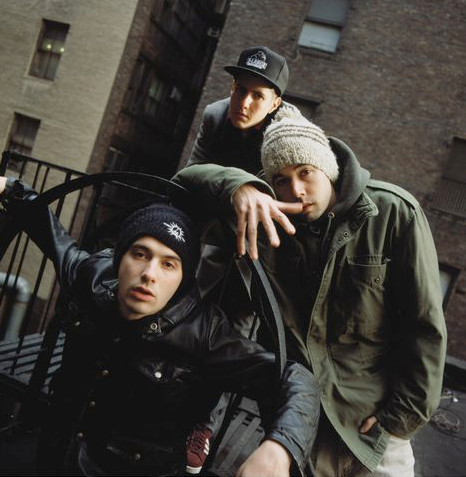
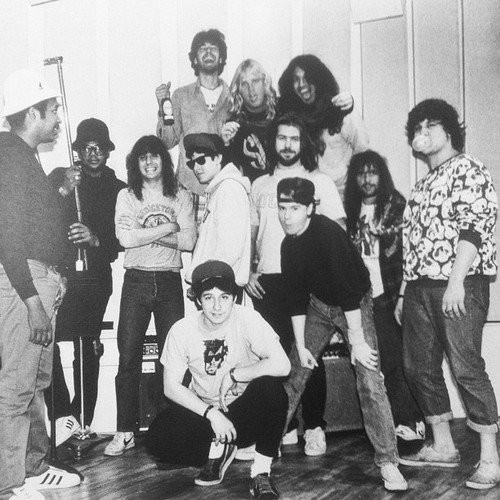



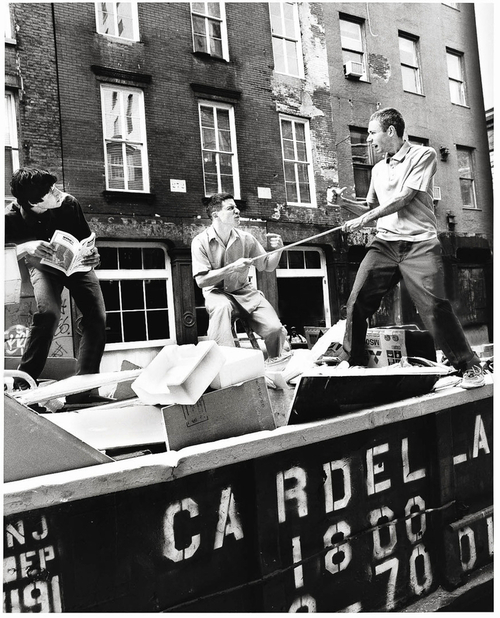
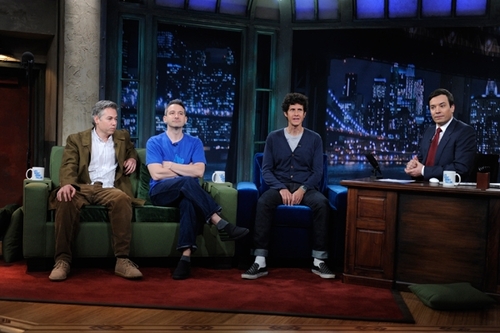

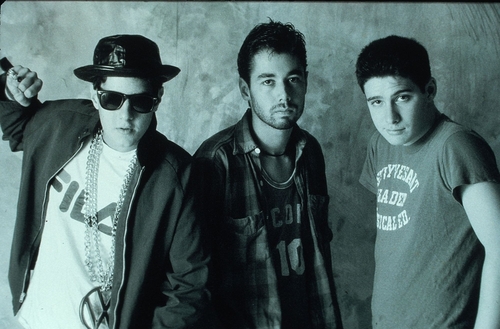
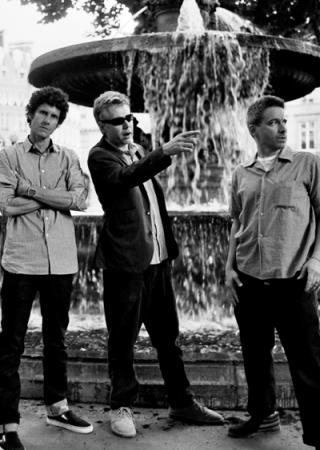


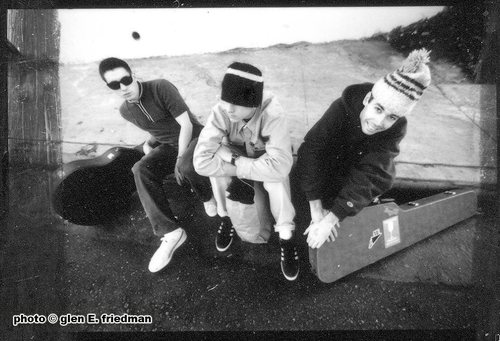



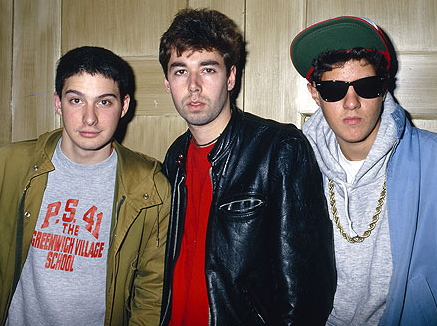

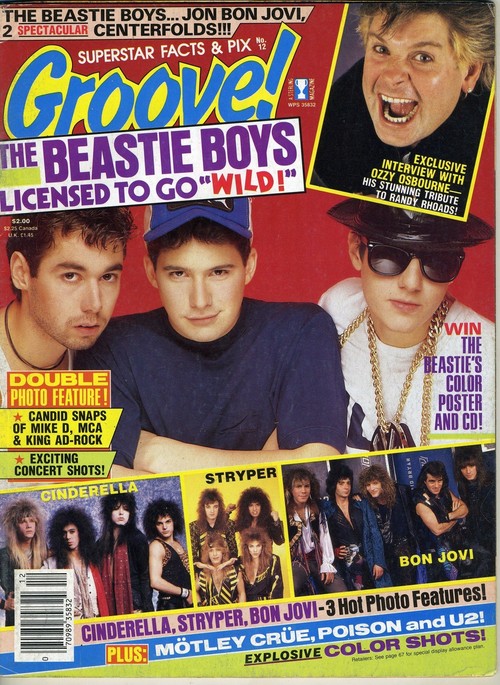


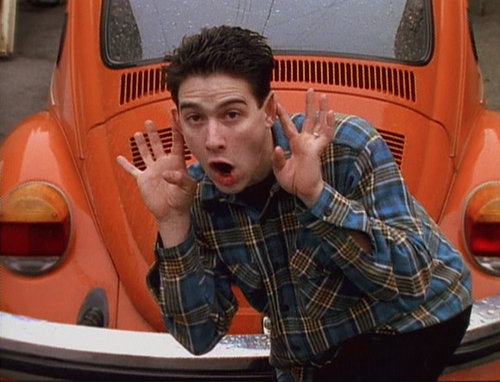


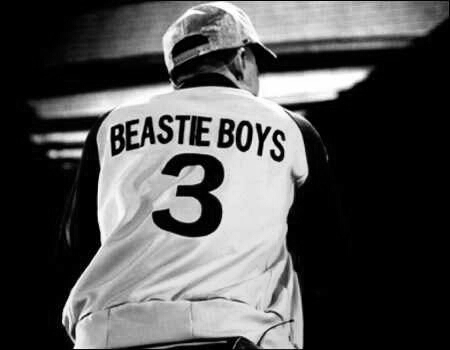
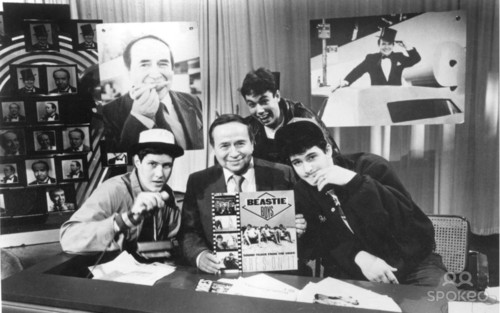



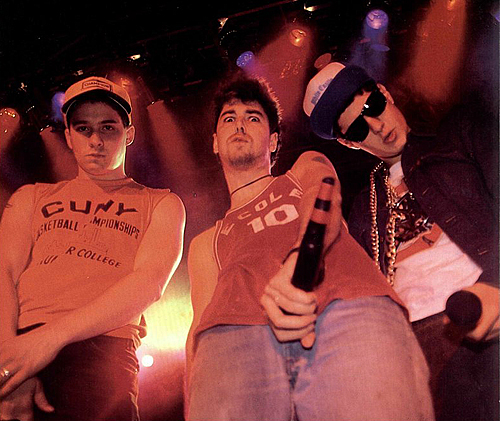
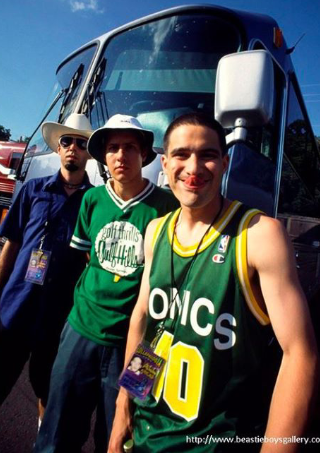

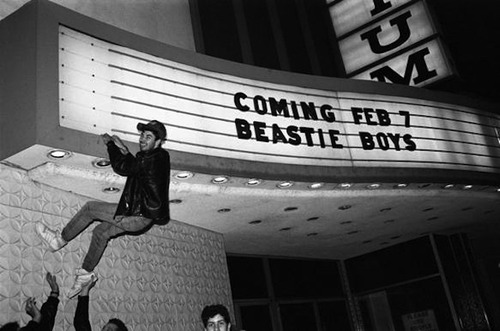


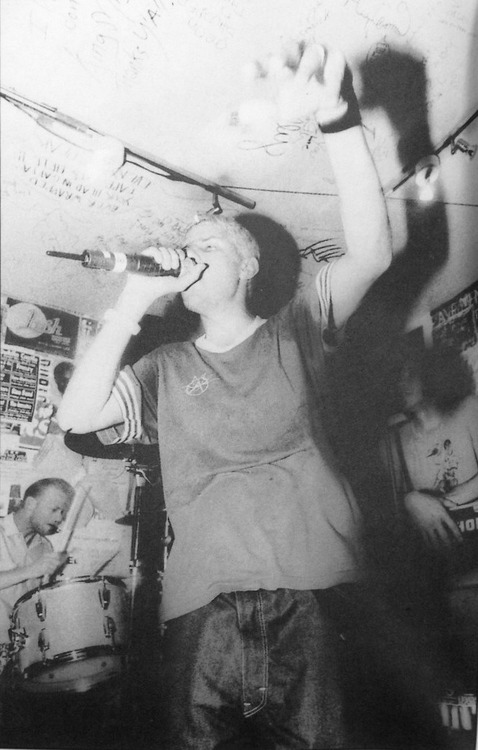
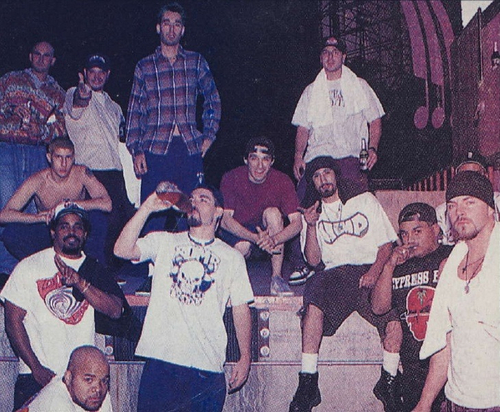
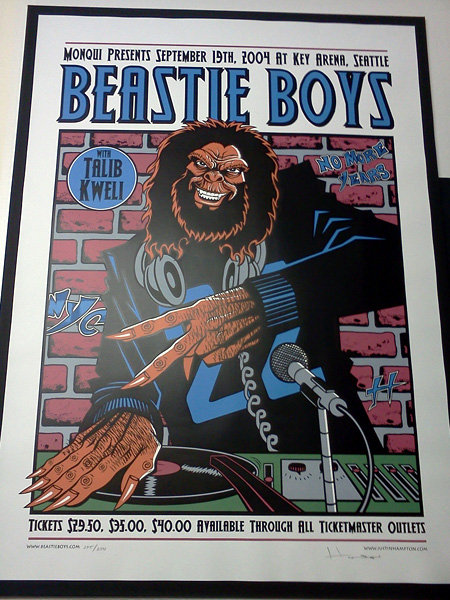



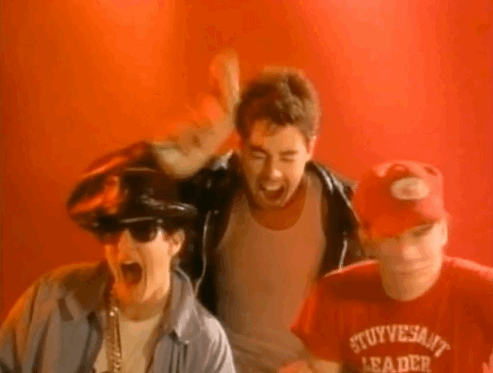
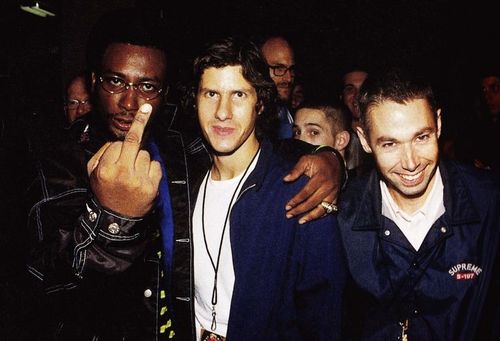








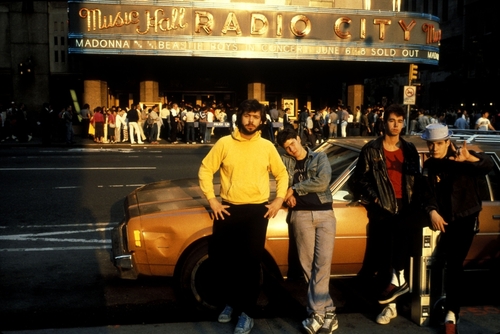


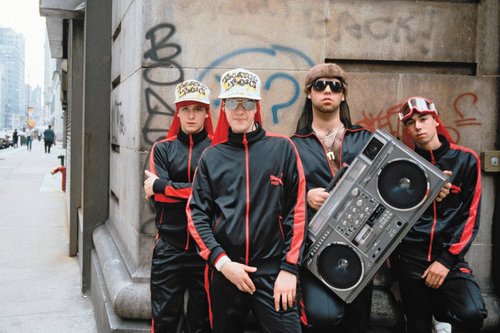

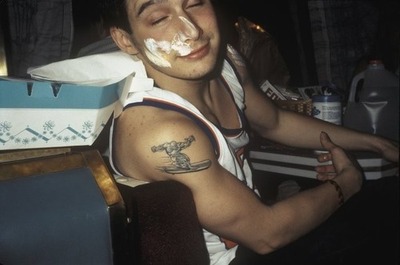


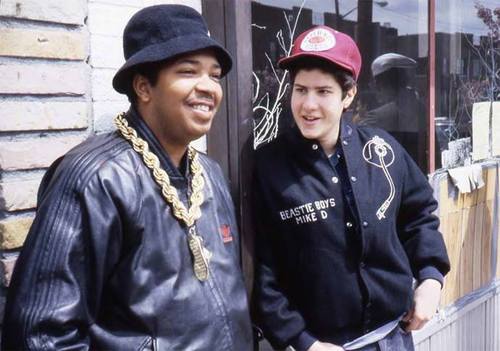

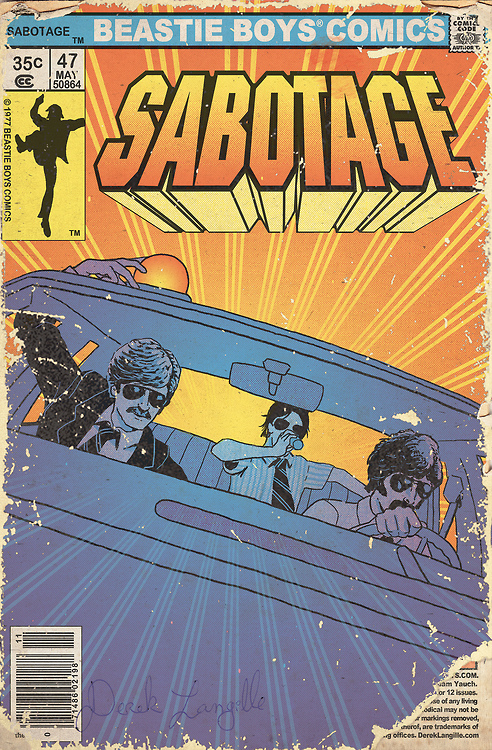

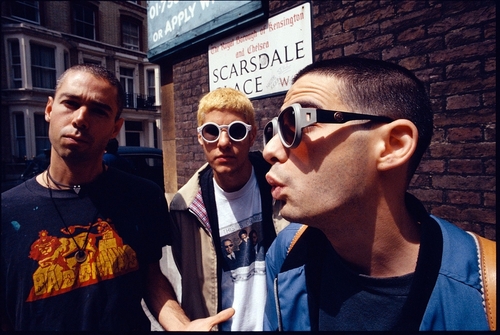



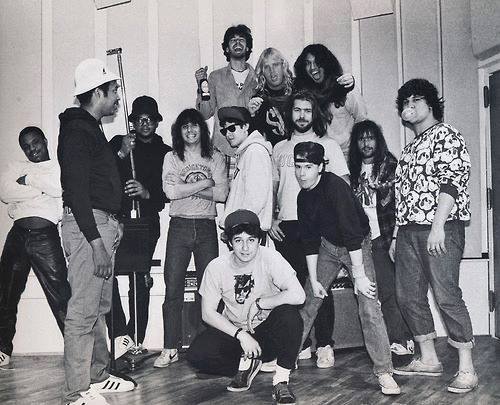








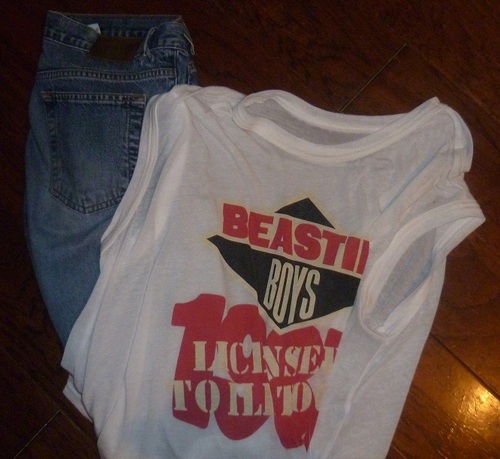





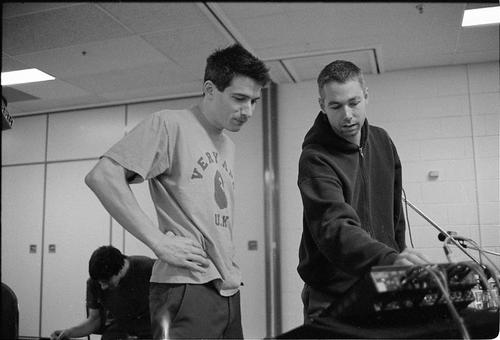


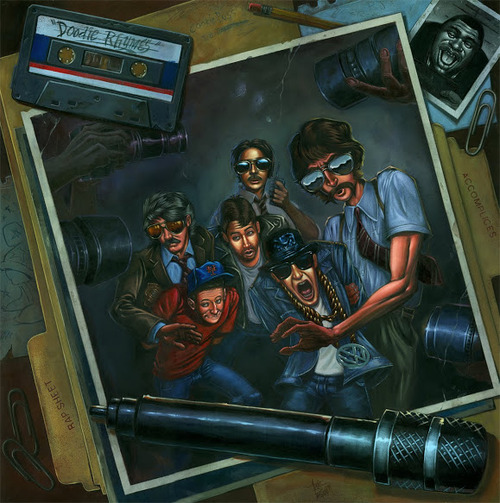
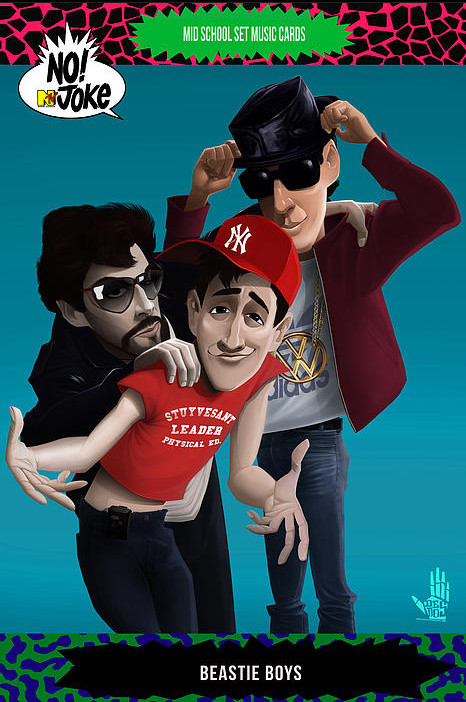
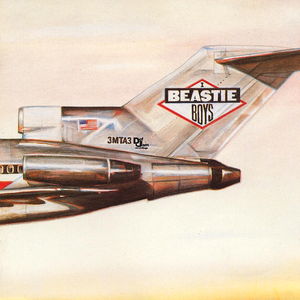
Adam Yauch aka MCA (vocals, bass; August 5, 1964 – May 4, 2012), Michael Diamond aka Mike D (vocals, drums; born November 20, 1966), Adam Horowitz aka ADROCK (vocals, guitar; born October 31, 1966)
The Beastie Boys combined hardcore and hip-hop in a fresh-sounding musical mashup that was danceable, infectious and wickedly funny. By attracting a sizable following of white fans – hardcore-loving teens and party-minded frat kids – with their bratty wit and cunning collages of beats and samples, they broadened the audience for hip-hop, bringing it into the mainstream. Like their fellow New York rappers Run-D.M.C., they ignored the color line dividing rock and rap in the Eighties.
Due to their brash humor and punkish sensibility, the Beastie Boys have been called “the bastard brat offspring of Sesame Street and the Sex Pistols,” “AC/DC meets Run-D.M.C. with a teenage wit” and “the Marx Brothers of rap.” Over time, the Beastie Boys would also embrace a degree of maturity, exploring their creativity with ever-more adventurous mixtures of samples and live playing, and delving into jazzy funk-soul grooves on intermittent instrumental projects.
The Beastie Boys are inextricably associated with the street-smart attitude and urban swagger of New York City, where they were raised. The roots of the Beastie Boys date back to 1981. Formed as a hardcore quartet, the original lineup comprised Mike D (real name: Michael Diamond), drummer Kate Schellenbach and guitarist John Berry – who’d all belonged to an earlier group called the Young Aborigines – and MCA (Adam Yauch). Their first performance was at Yauch’s 17th birthday party. This lineup recorded an eight-song debut EP, Polly Wog Stew, released in 1982 on the Rat Cage label. It contained their hardcore manifesto “Beastie Boys.” Mike D later revealed that “Beastie” stood for “Boys Entering Anarchistic States Towards Internal Excellence.”
They invited their friend ADROCK (Adam Horowitz), who was in a band called the Young and the Useless, to join when Berry left. The slightly revised foursome cut a 12-inch single, “Cooky Puss”/”Beastie Revolution.” Released in 1983, these comical rants attracted attention and got them gigs. Over the next year, the Beastie Boys evolved from an instrument-thrashing hardcore group to a full-on rap act. Schellenbach moved on to the group Luscious Jackson, and the surviving Beasties – Mike D, MCA and King Ad-Rock (later shortened to ADROCK) – became a three-man posse of MCs with deejayed accompaniment. A friend of theirs, New York University student Rick Rubin (aka “DJ Double R”) was an early turntablist for the Beastie Boys before becoming a world-renowned record producer and label mogul.
In 1984, Rubin and Russell Simmons launched the Def Jam label, and the Beastie Boys’ next 12-inch single, “Rock Hard,” was among its initial releases. Based on their growing buzz, Madonna tapped the Beastie Boys as the opening act on her spring 1985 Virgin Tour. The group’s third 12-inch single, “She’s On It,” was featured in the hip-hop film Krush Groove (1985). The flip side, “Slow and Low,” was given to them by Run-D.M.C., who also tapped the Beastie Boys as a support act (along with LL Cool J and Whodini) on their 1986 Raising Hell Tour. It was rap’s first big-budget tour.
The Beastie Boys brashly announced themselves to the world with the full-length Licensed to Ill(1986). A milestone rap-rock release, it contained a feisty statement of purpose (“The New Style”) and the boisterous Gen X anthem “(You Gotta) Fight for Your Right (to Party!),” a Top 10 hit. Later described by MCA as “a joke that went too far,” it turned into the party-rock anthem of the Eighties. The raucous video they made for the song – intended as nothing more than “a goof,” in MCA’s words - became a staple of MTV, establishing the Beastie Boys as poster boys for rude, obnoxious fun. Other songs on the album – including ”She’s Crafty,” “Paul Revere,” “Girls,” “No Sleep Till Brooklyn” and “Brass Monkey” – reinforced the notion of the Beastie Boys as a threesome obsessed with girls, rhymes and good times. Rubin’s hook-minded production, and galvanizing bursts of guitars and drums gave the album a forceful sound. It was a rap album that rock fans could get into. On tour, the Beastie Boys reveled in bacchanalian excess; their stage props included a dancing cage and a 20-foot hydraulic penis.
Licensed to Ill was a pop-culture phenomenon, becoming the first rap album to reach Number One. It topped Billboard’s album chart for seven weeks and has sold more than 9 million copies in the U.S. alone, making it among the best-selling rap albums ever. While it typecast the Beastie Boys as party animals, the group exploded any notions of one-dimensionality with its ambitious followup, Paul’s Boutique (1989). Having fallen out with Rubin and Def Jam in the wake ofLicensed to Ill’s stratospheric success, the Beastie Boys now found themselves on a new label (Capitol) with a different set of producer/collaborators (the Dust Brothers). Although it didn’t sell as well as its predecessor, Paul’s Boutique was a dizzyingly brilliant, sample-heavy collage that has been called “the Pet Sounds and Dark Side of the Moon of hip-hop."
A kaleidoscopic montage of quick-cut samples and smart-mouthed spiel drawn from seemingly every corner of the pop-culture spectrum, from Johnny Cash to the glam-rock group Sweet,Paul’s Boutique attained the status of a critically revered masterpiece. “It’s safe to say that nobody has ever made a more unexpectedly brilliant sophomore blast than the Beastie Boys,” wrote Rolling Stone’s Rob Sheffield in a retrospective re-review. “[It’s] a celebration of American junk culture that is still blowing minds today.”
The Beastie Boys released three albums in the Nineties – Check Your Head (1992), Ill Communication (1994), and Hello Nasty (1998) – along with a smattering of EPs. With these releases, the Beastie Boys – who are competent instrumentalists - developed a self-contained style of writing and recording that involved collective jamming, individual composing, sampling, revising and assembling. The Beastie Boys –assisted by keyboardist Money Mark (real name: Mark Nishita), studio hand Mario Caldato, Jr. and turntablists DJ Hurricane (real name: Wendell Fite) and Mix Master Mike (real name: Michael Schwartz) – performed most of the music while integrating an array of samples, beats and witty wordplay into an ever-intriguing sonic smorgasbord.
The Beastie Boys’ unconventional methodology represented a unique hybrid of rock and hip-hop approaches, and the painstaking process involved meant that years passed between releases. In fact, the Beastie Boys released only one vocal album, To the 5 Boroughs (2004), in the first decade of the 21st century. However, the Beastie Boys released a few all-instrumental projects along the way, including 2007’s The Mix-Up, which won a Grammy for Best Pop Instrumental Album.
Although they came intermittently, the Beastie Boys’ albums were packed with music. Check Your Head, Ill Communication and Hello Nasty each contain 20 or more tracks. Beginning withCheck Your Head, the Beastie Boys – having relocated to Los Angeles – worked at their own G-Son studio, which gave them the latitude to jam and experiment at their leisure. They also launched their own imprint, the Capitol-distributed Grand Royal label.
For To the 5 Boroughs, they returned to their New York City roots, recording at their own studio in downtown Manhattan. In 2011, 25 years after the release of Licensed to Ill, the trio releasedHot Sauce Committee Part Two, their eighth full-length album. The group that virtually invented rap-rock has maintained its relevance with cool grooves and razor-sharp rhymes with each release.
On May 4, 2012, Adam Yauch aka MCA died of cancer at age 47.
(source: rockhall.com)
See More of the 80's Artists Collection


